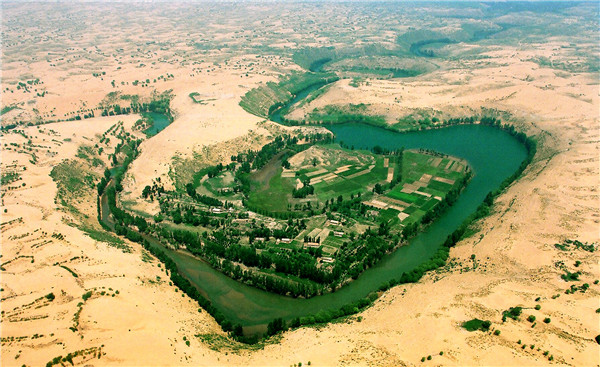
Located in the Salawusu River basin in the southeast of the Ordos plateau, about 30 kilometers northwest of Henan township, Wushen Banner, Salawusu cultural relic site was listed in the fifth batch of National Key Cultural Relics Protection Units.
The site was discovered in 1922 and the Hetao Man and Hetao Culture were named after it. It includes at least 10 spots, such as Fanjiagouwan, Yangsigouwan, and Milanggouwan, where more than 800 pieces of human fossils and primitive stone tools were unearthed.
According to the researchers, the Hetao Man, who date back 70,000 – 140,000 years in the middle Paleolithic stage, are late homo sapiens. The stone tools discovered there have distinctive features, while being a significant part of the Salawusu Culture.
More than 45 kinds of mammals and bird fossils were found and named as Salawusu fauna.
2. Ordos bronze wares
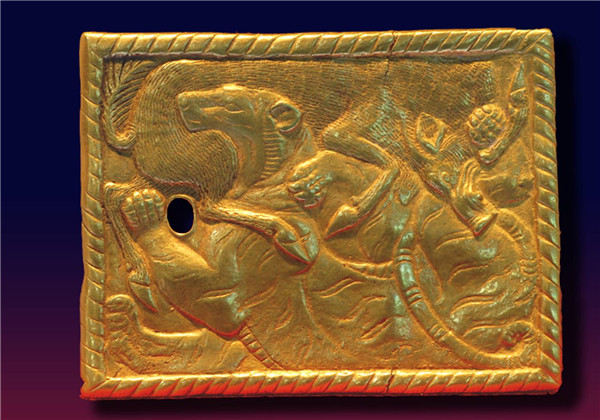
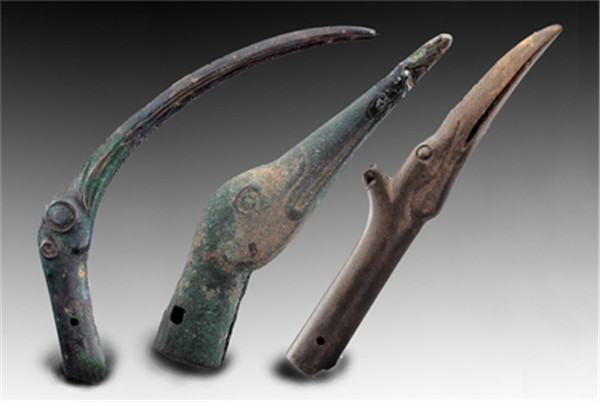
A lot of bronze, gold and silver wares embodying the characteristics of the nomadic culture have been unearthed along the Great Wall in northern China since the end of the 19th century. Ordos boasts the largest and most centralized collection; therefore the wares were named "Ordos bronze wares".
These relics are typical artifacts of the Di and Xiongnu people, ancient tribes on northern China's grassland between 8th century BC and 2nd century AD. The research on the Ordos bronze wares has become an academic topic internationally.
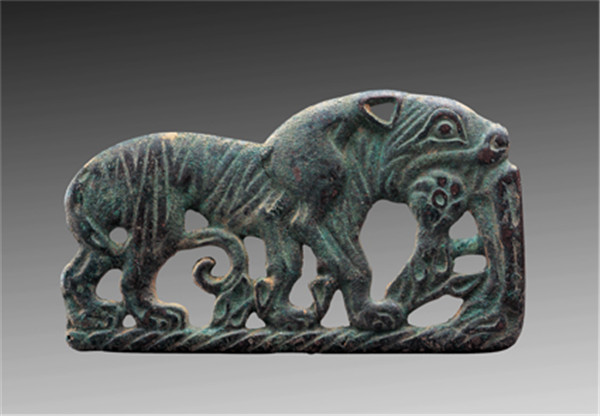
The bronze wares can be categorized as weapons and tools, accessories, appliances, as well as chariot and horse fittings, ranging from dagger, copper knife, axe, to all kinds of accessories with animal plaques. The accessories were carved or engraved with images of tigers, leopards, wolves, foxes, wild boar, deer, horses, sheep, cattle, camels, hedgehogs, and birds.
The Ordos bronze wares enjoy a great reputation at home and abroad for their complicated and ingenious design, unique artistic style and graceful shape.
3. Zhukaigou Relic Site
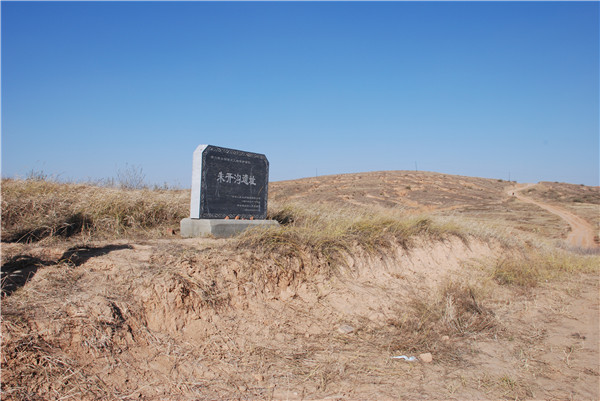
Located in Zhukaigou village in Ordos' Ejin Horo Banner, the Zhukaigou Relic Site's core area covers about 500,000 square meters.
The site was found in 1974 and has been excavated four times. There are a total of 83 residences, 207 caves, more than 1,200 pieces of cultural relics in the 4,000 square meters excavated area. In addition, there are a large collection of pottery specimens and specimens of the bones of a particular animal species.
According to the analysis, the site dates back 3,500 years to 4,200 years back and is known as the "Zhukaigou Culture" by the academic circle.
The establishment of the Zhukaigou Culture proved that there was a group of people living in today's Ordos about 3,500 to 4,200 years ago. They are primarily the descendants of people who date back 5,500 years and absorbed some of the culture from human groups from neighboring regions, creating their own history towards the end of primitive society, while giving profound influence to their neighbors .
4. Wulanmulun Relic Site
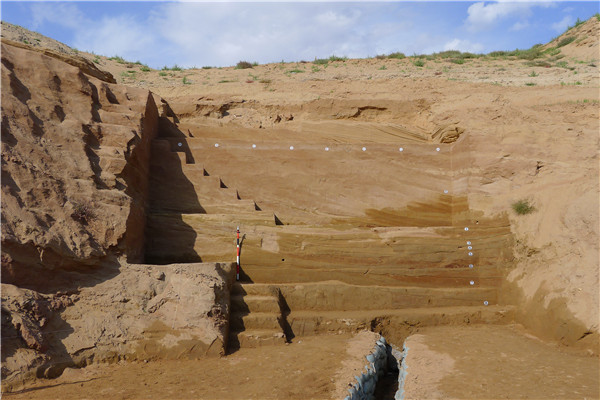
Stoneware and animal fossils were found at a construction site in Kangbashi District in the city of Ordos in May 2010, after which the city's museum immediately excavated the site.
The site is located on the north bank of Wulanmulun River and its layered deposit is about 10 meters thick. The layered deposit for the unearthed relics is around 5 meters. A large number of fossils, stoneware and bone artifacts were discovered at the site, which sits on a bedrock made of Mesozoic red aeolian sandstone with modern aeolian deposition at the top. The relics were kept in the soil of delta deposits.
The preliminary study showed that the site is similar to the famous Salawusu Relic Site. There are fossils of vole, woolly rhinoceros, Equus Przewalskii (similar species), paracamelus gigas (similar), and Ordos (Hetao) megaloceros, which are all late Pleistocene Salawusu animals in North China.
It is a late Paleolithic site since the shape and making process of stone products discovered there belong to the middle and late Paleolithic period. According to a report from the Peking University laboratory, it dates back 50,000 to 65,000 years.